Our first full day in the Maasai Mara began at 5:30am, because apparently that’s when the animals are most active. Weirdos. We yawned our way into the jeep, shivering in the chilly morning air and waiting for some of that famous African sun to show up. Accompanying us on our morning game drive was a local Maasai guide who introduced himself as Mark. His English was faultless, and his traditional robes and Maasai jewellery were complemented by a very big, new-looking iPhone. It was clear to see the difference that tourism can make, for those who are able to reap the benefits.
Within a few minutes we were out of the encampment and trundling along a dirt road that led into the Maasai Mara proper. It was a long, straight road, bisecting a wide stretch of plains that was studded with antelopes. Many still lay huddled on the floor, their spindly legs tucked underneath them as they soaked up the first of the morning sun. Others trundled along in pairs or threes, sometimes stopping to absently nibble on the pale grass. The wildebeest were a notable exception – they were already a hive of activity, prancing around in what must have been a remarkable spectacle for the safari-goers in the hot air balloons up above. A long column of them streamed across the road in front of us, bound for the perilous river crossing that would mark the next stage of their migration.
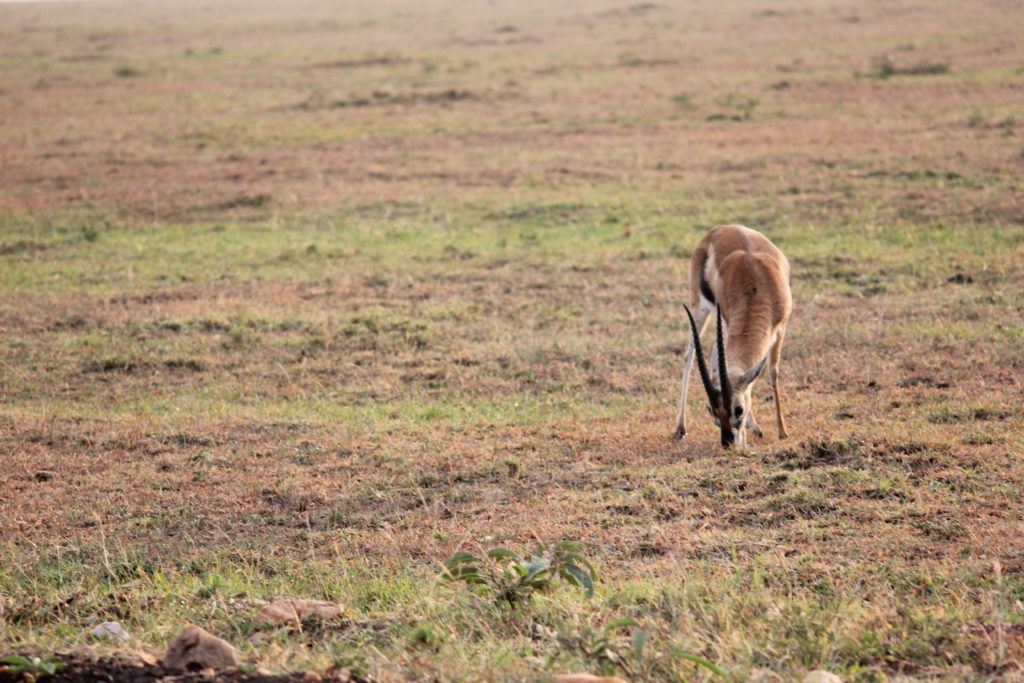

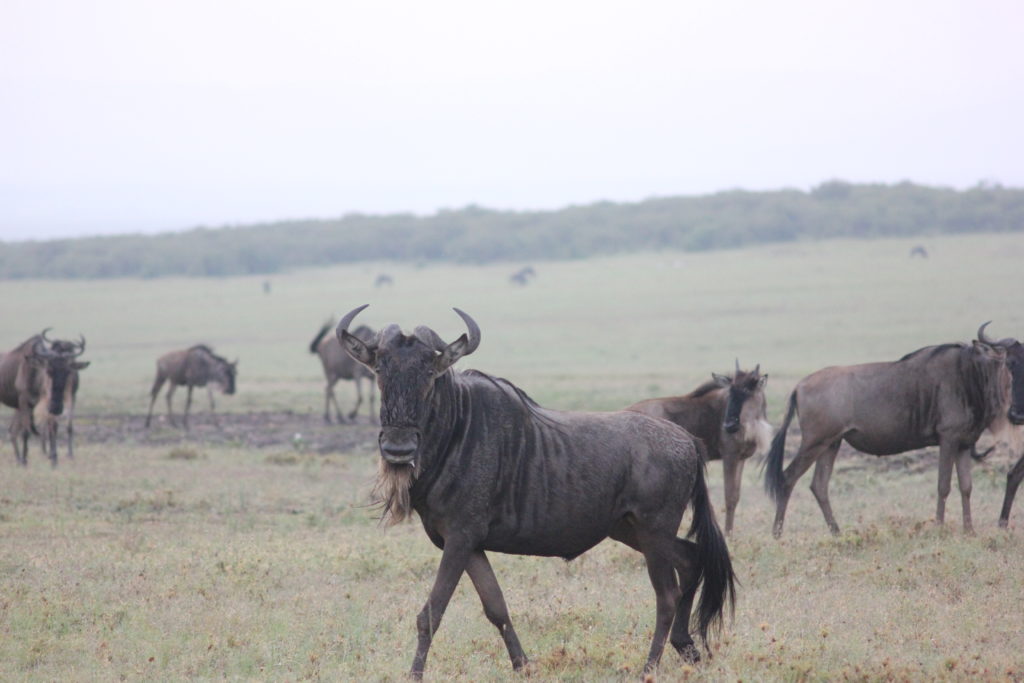
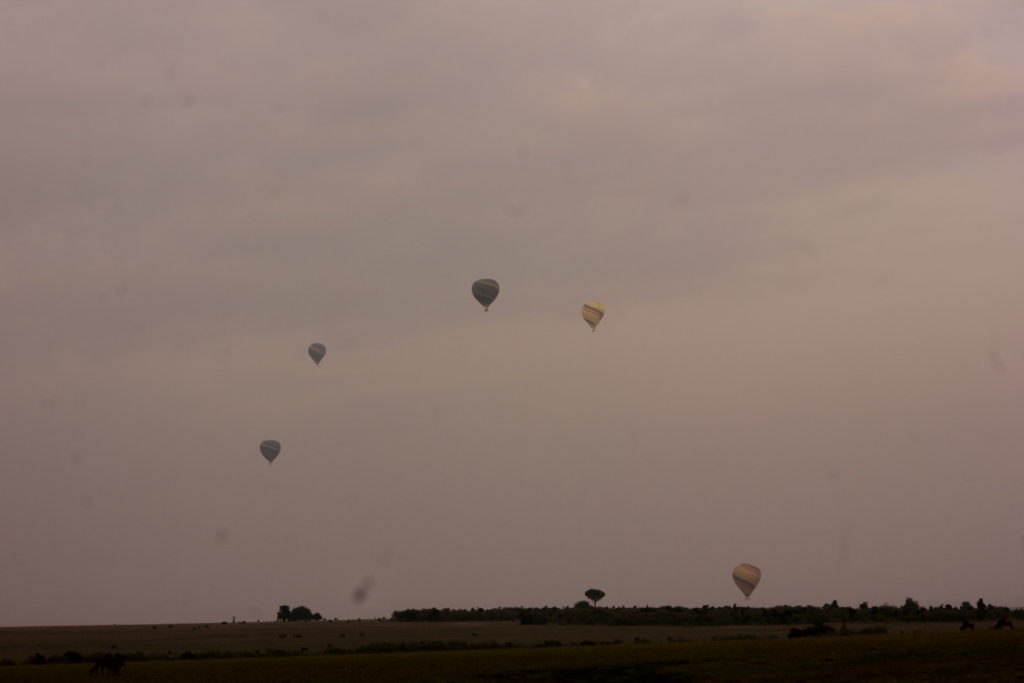
It was soon clear to see why the Maasai Mara is such a popular destination for those wishing to experience Africa’s wildlife at its most unadulterated. Although Nairobi National Park was remarkable in its own way, the small size of the reserve and its proximity to the city meant that there was a sense of familiarity and safety to it all; the Maasai Mara, by contrast, felt vast, unknowable, a theatre for nature’s greatest dramas to play out in magnificent style. Perhaps the real difference was the elephants. Glimpsing a herd in the wild immediately put things into perspective: these are the biggest land animals on the planet; everything here is big.
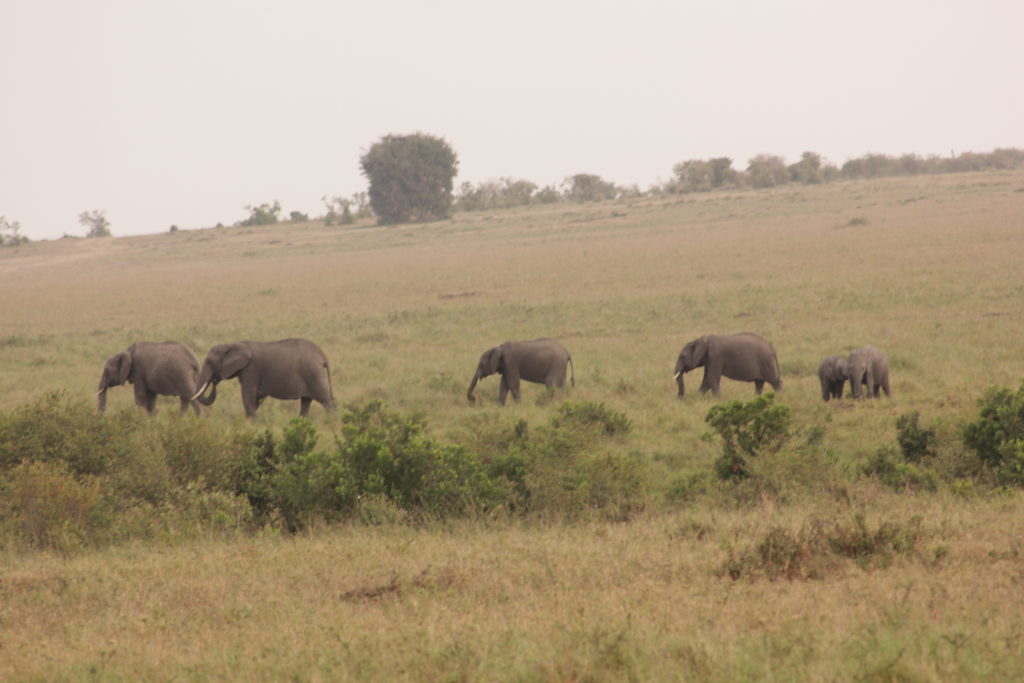
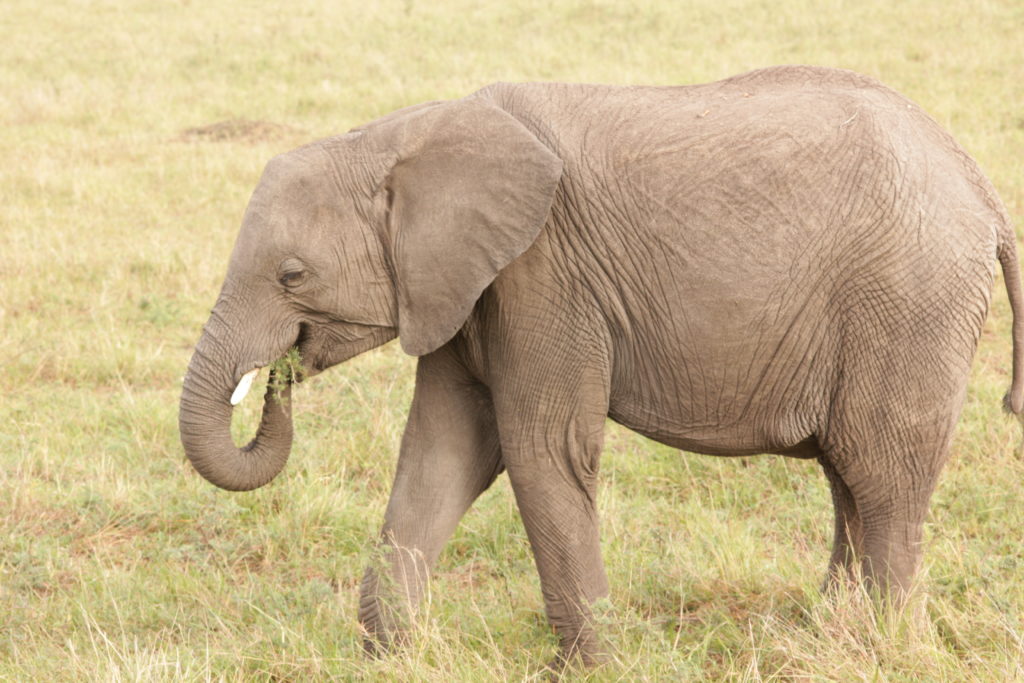
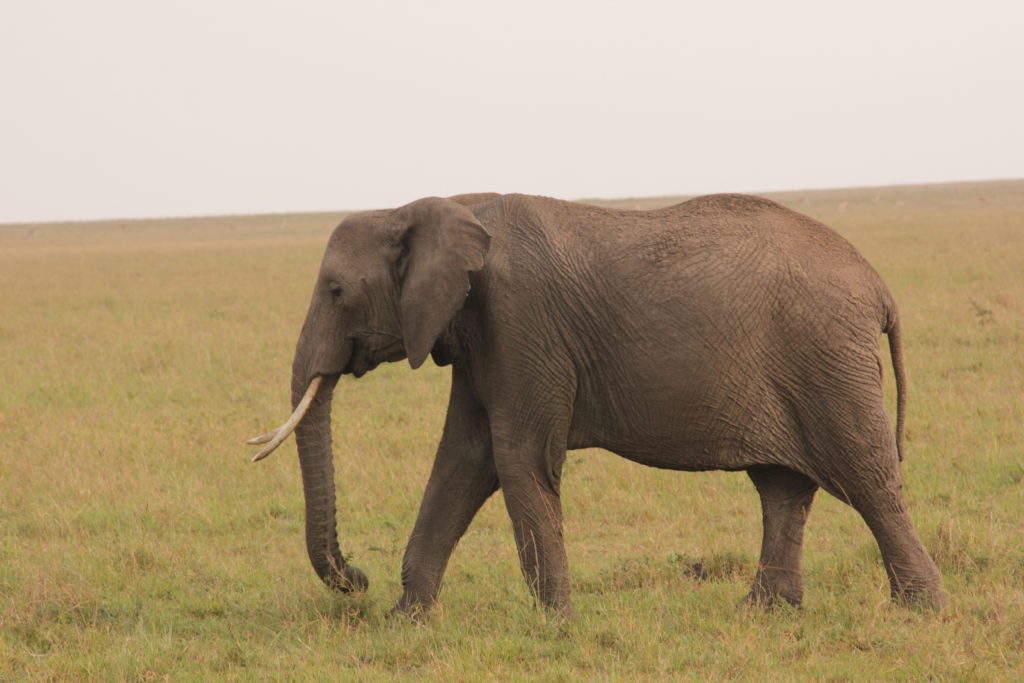
That being said, there was no shortage of small creatures too, and they were no less impactful. I will never forget the sly, furtive expression of the first black-backed jackal we encountered, darting through the grass like a fugitive criminal. The hyenas were a welcome sight too, lolloping around with their strange sloping gait and grooming themselves in a decidedly dog-like fashion (despite superficial similarities in appearance, they are only distant relations). Several of the hyenas were shadowing a herd of topi, a large and striking species of antelope which we had so far only seen in the Maasai Mara. One of the hyenas made a half-hearted run in the direction of the herd, but its heart wasn’t really in it, and the topi hurried off without too much trouble. In the hazy dawn light, it felt less life and death, more dream sequence – nature soft in tooth and claw.
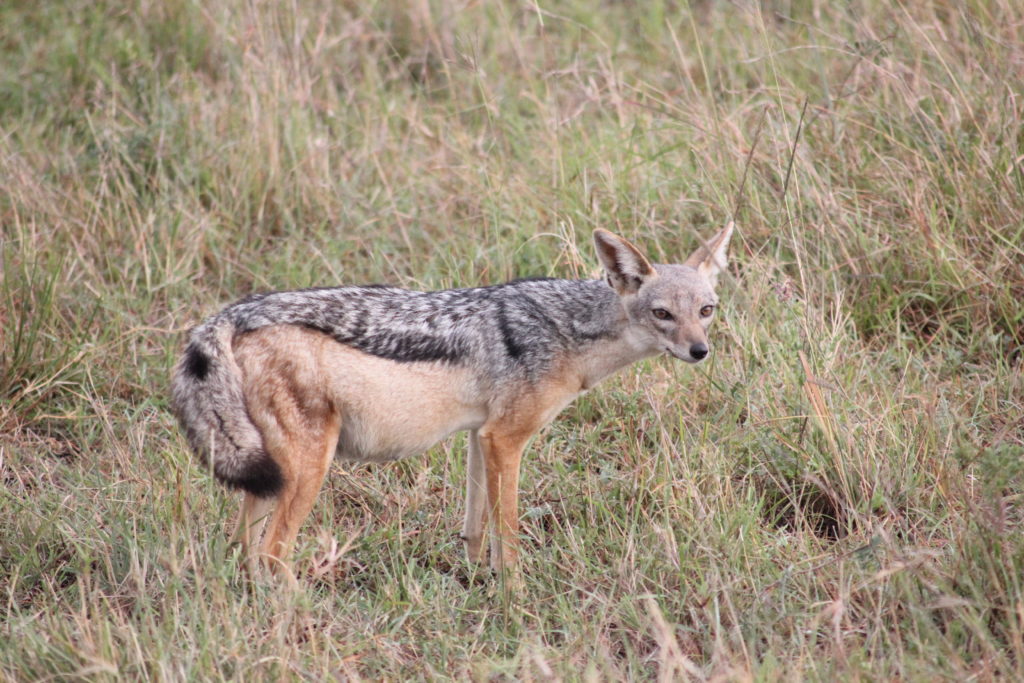
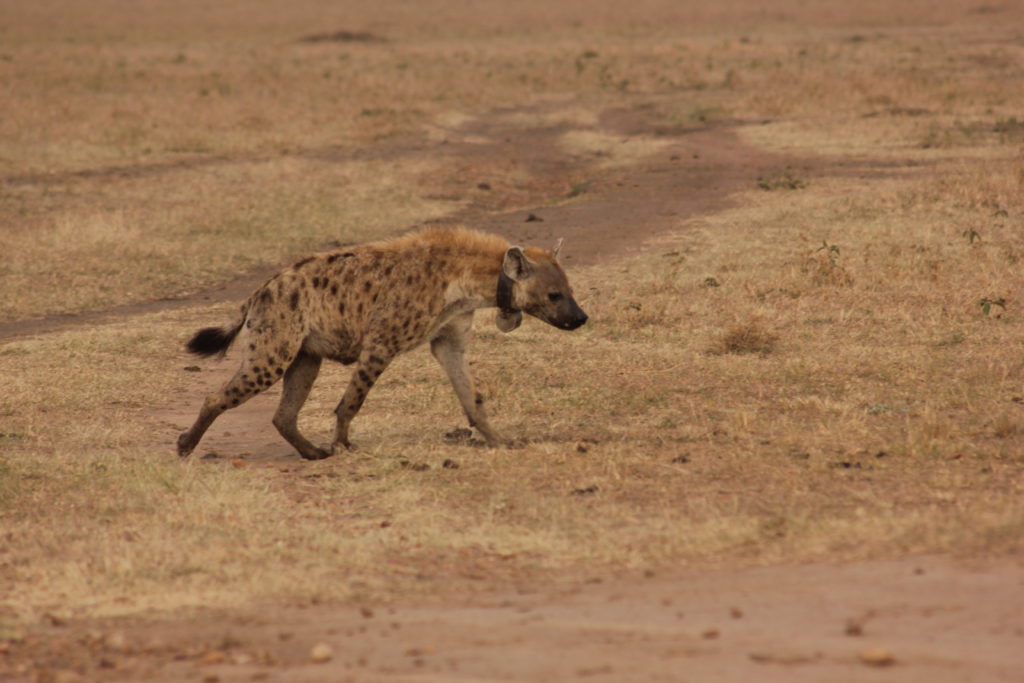
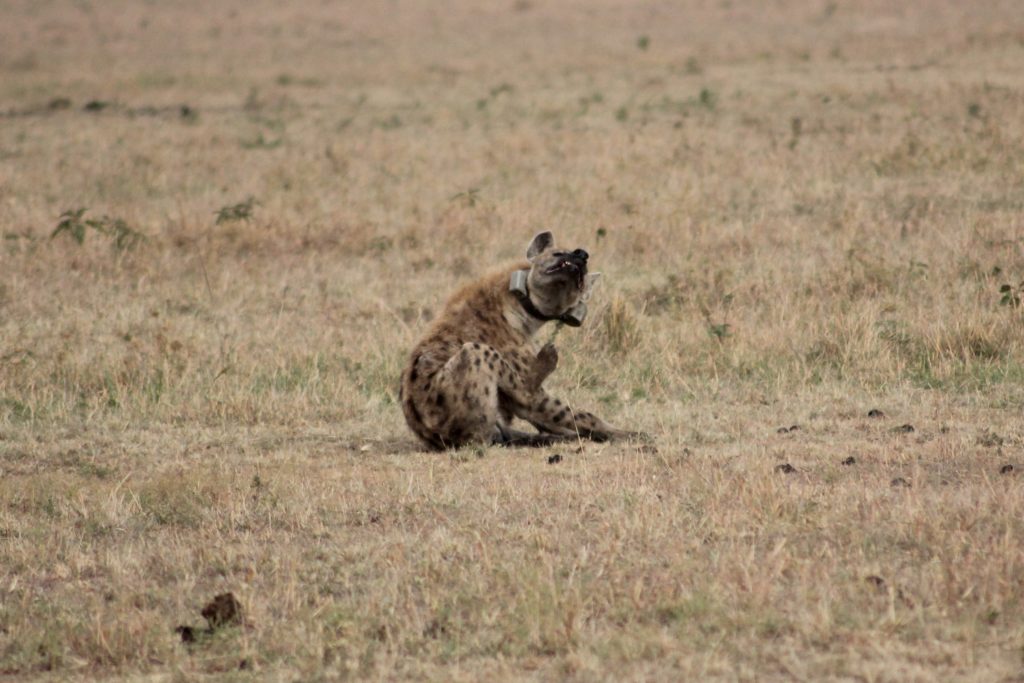

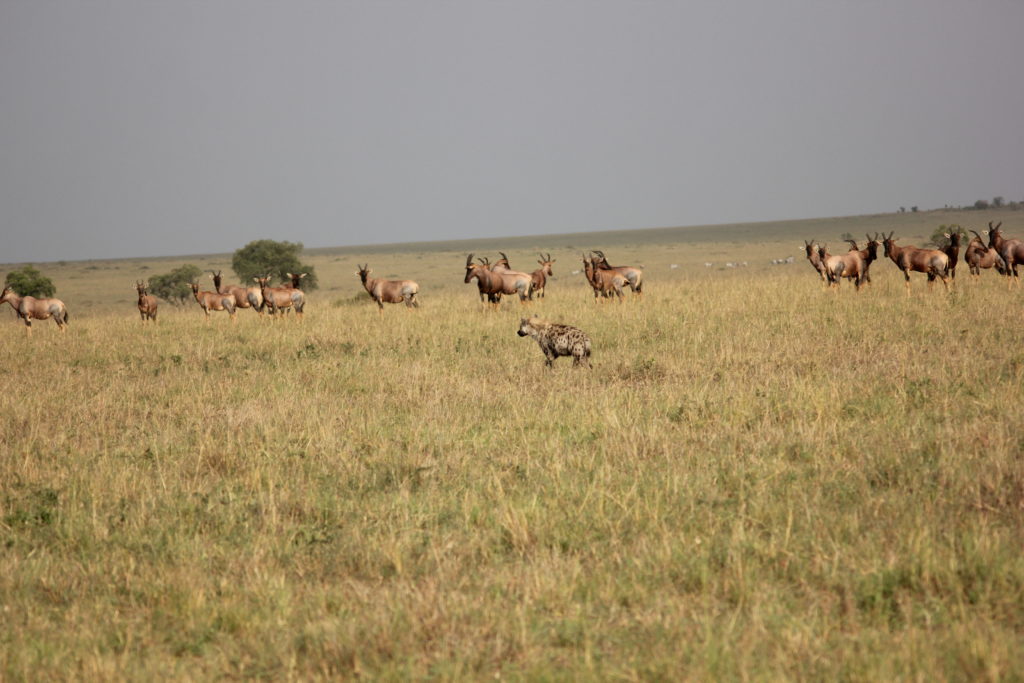
If we were at risk of getting sentimental, the moment didn’t last for long. As we drove further, we spotted some considerable commotion up ahead. Amidst a swarm of shrieking beaks and gore-flecked feathers, a half-eaten carcass was experiencing the full efficiency and voraciousness of Kenya’s vultures. At least two species were present: the rather handsome white-backed vulture, and the genuinely nightmare-inducing lappet-faced vulture. With their exposed fleshy faces and sunken eyes, they looked like the sort of creatures that ought to have been off somewhere devouring the souls of the unworthy. Apparently content with antelope meat, they noisily crunched their way through with uncomfortable gusto, while their white-backed cousins looked on in something like dignified disapproval. Probably, it just wasn’t their turn at the kill yet, and they were twitching with impatience.
I’m not sure how that sight made me feel, really. It was the first reminder that all the beauty and harmony we had seen so far was ultimately predicated on some things dying, and other things eating them. Certainly it was natural, and necessary, but it didn’t make the crunching sounds any less spine-tingling.
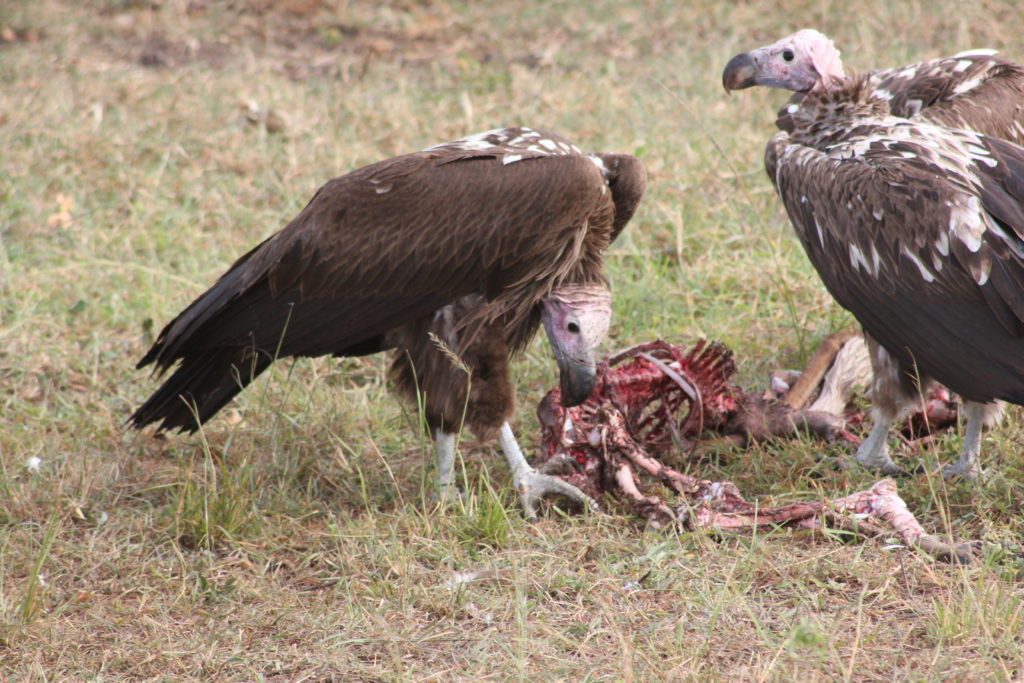
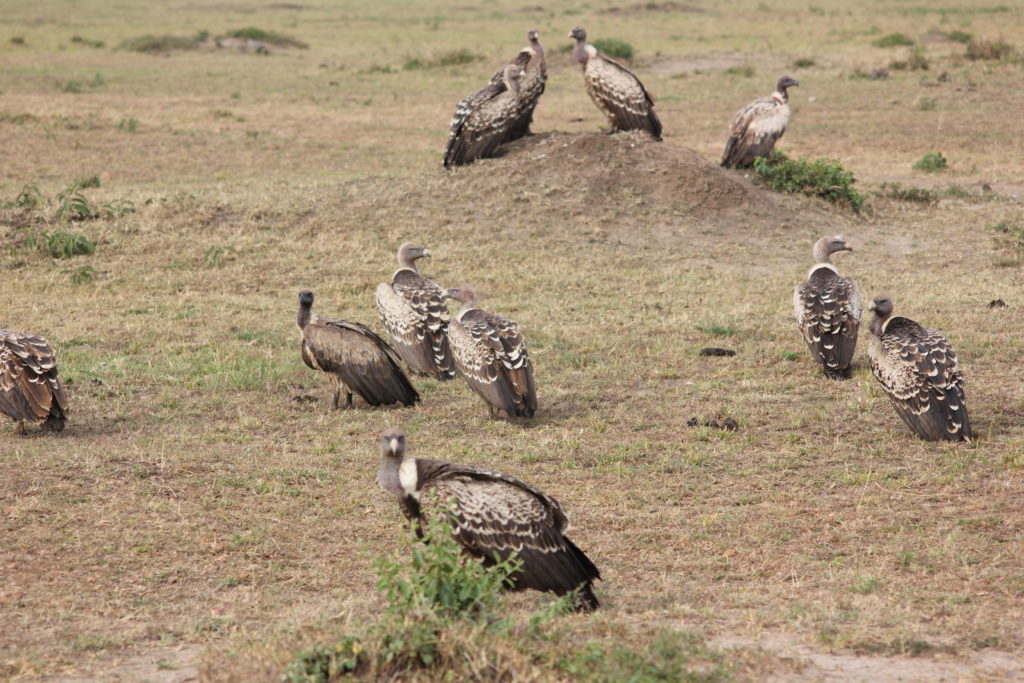
Other sightings were less emotionally confusing, and just made me grin from ear to ear. For example: a cheetah. We spotted her in the middle distance, lounging in the sun, alone. Perhaps unsurprisingly, the cheetah was very cat-like, licking her paws to clean herself and contentedly swishing her tail. At one point, she rolled over onto her back and displayed her tummy – despite knowing she was a formidable predator and the world’s fastest land animal, I just wanted to give her a good tickle. Mark did little to dissuade me from this desire when he explained that unlike other big cats, cheetahs cannot roar, merely meow.
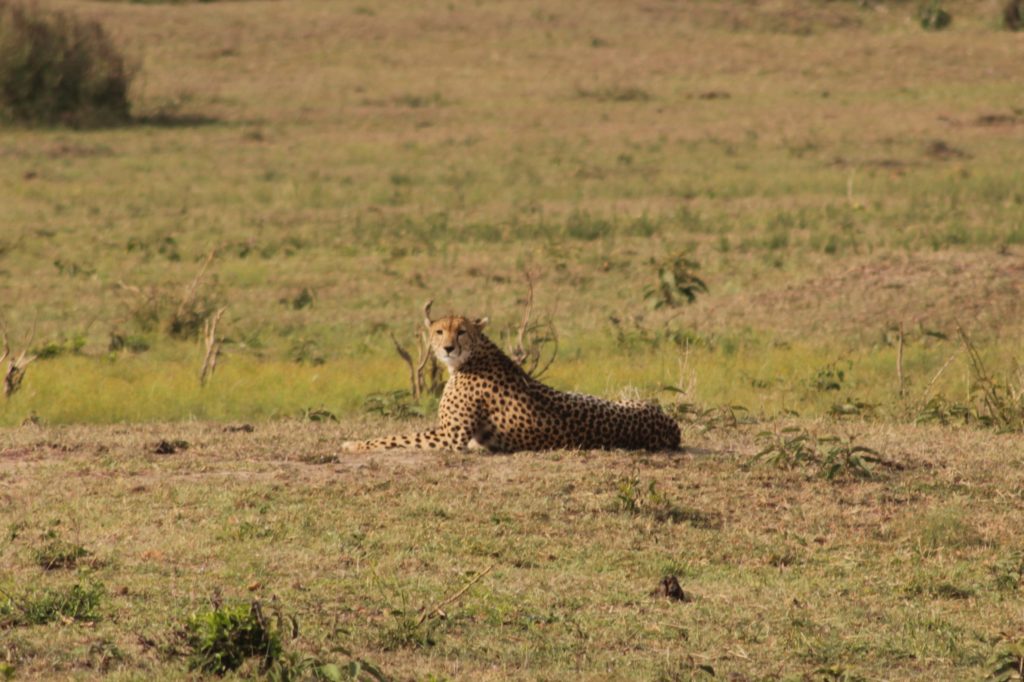

As we drove towards the river, we quickly became aware of what at first looked like a second, darker river, and then revealed itself to be a monumental congregation of wildebeest. They were all marching along in a neatly ordered column, their queueing manners immaculate. We came to a stop, and watched them closely. They seemed restless, but unwilling to make the river crossing. They knew, just as we did, that the placid grey waters of the river concealed numerous crocodiles, and that the first animals to take the plunge were unlikely to make it through in one piece. We watched for a while longer, but their adventurous mood seemed to have passed, and the column came to a halt. Today was not the day.
We were a little disappointed at not having witnessed the crossing in all its chaotic, churning glory, although Mark pointed out that the wildebeest sometimes waited at the bank for over a week, so we would have had to have been extremely lucky to see the first one take the plunge. Still, it was incredible to witness the sheer scale of the migration, which sees up to two and a half million wildebeest and other ungulates make the gruelling 800 km trek from Tanzania’s Serengeti ecosystem in search of greener pastures.
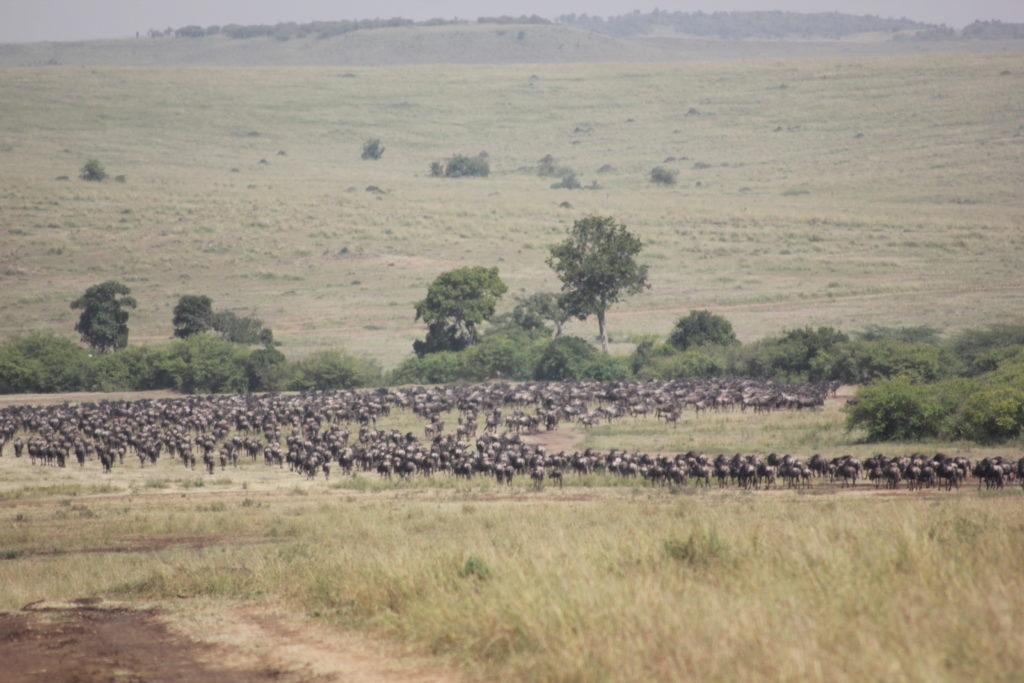
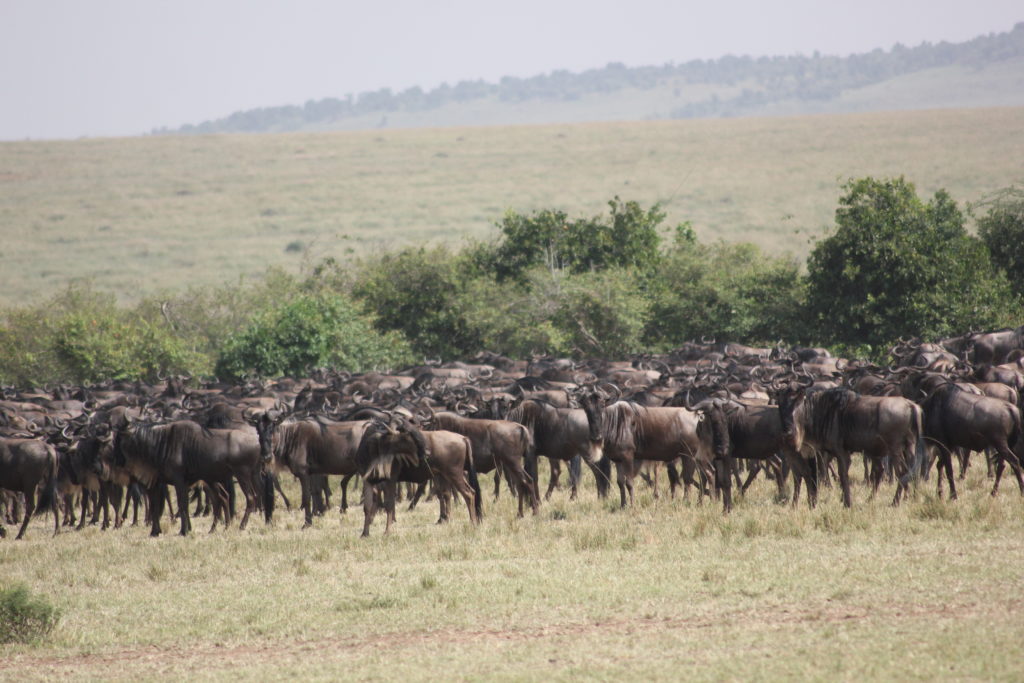
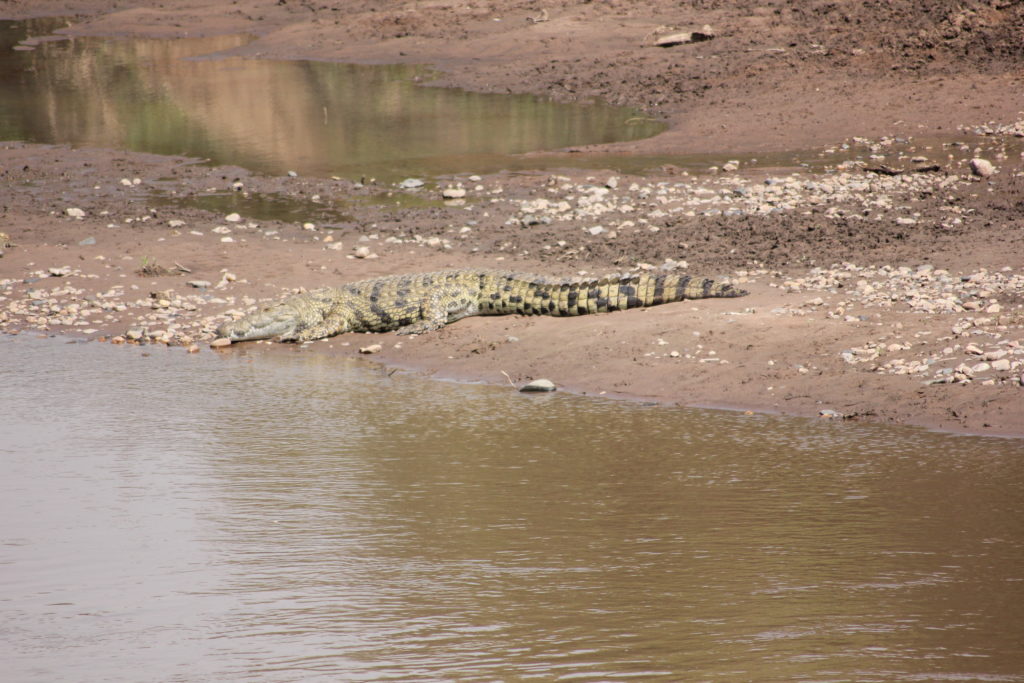
We followed the river along its winding course, spotting the occasional hippopotamus poking its ears out above the water’s surface. Then, as we rounded a bend, we were rewarded with a glorious view of about twenty hippos, luxuriating in the sun and displaying their unwieldy bulk for all to see. Some lay on the bank while others splashed in the shallow water, looking comically rotund. It seems improbable that such a creature is capable of graceful swimming or swift overland sprinting, and yet they are able to haul their slug-like frames with shocking speed and agility. With the exception of mosquitoes, hippos kill more humans than any other animal in Africa. Left to their own devices, though, they appeared happiest just to sit and sunbathe.
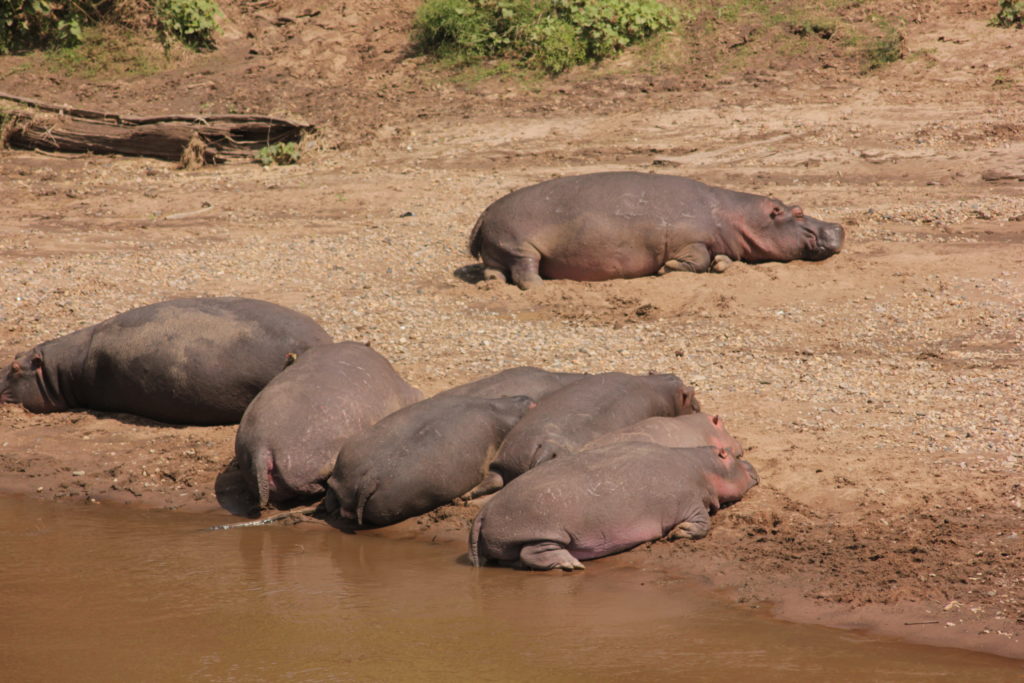

We took a meandering route back to the camp, passing the usual selection of zebras, wildebeest, antelopes and occasional giraffes, though by now our early start was beginning to catch up with us and all the animals were merging into a brown-grey blur. I should at this point note that all of the beautiful, non-blurry photos of said animals included in this blog are courtesy of Eunice, who arrived on this trip a total beginner to photography wielding a device borrowed from her brother. With a combination of frequent practice and advice from Mandela and Bryan (both of whom do paid photography jobs part time, we discovered), she managed to become quite the pro in just a few weeks. Expect to see her work in the pages of National Geographic by the end of the year.
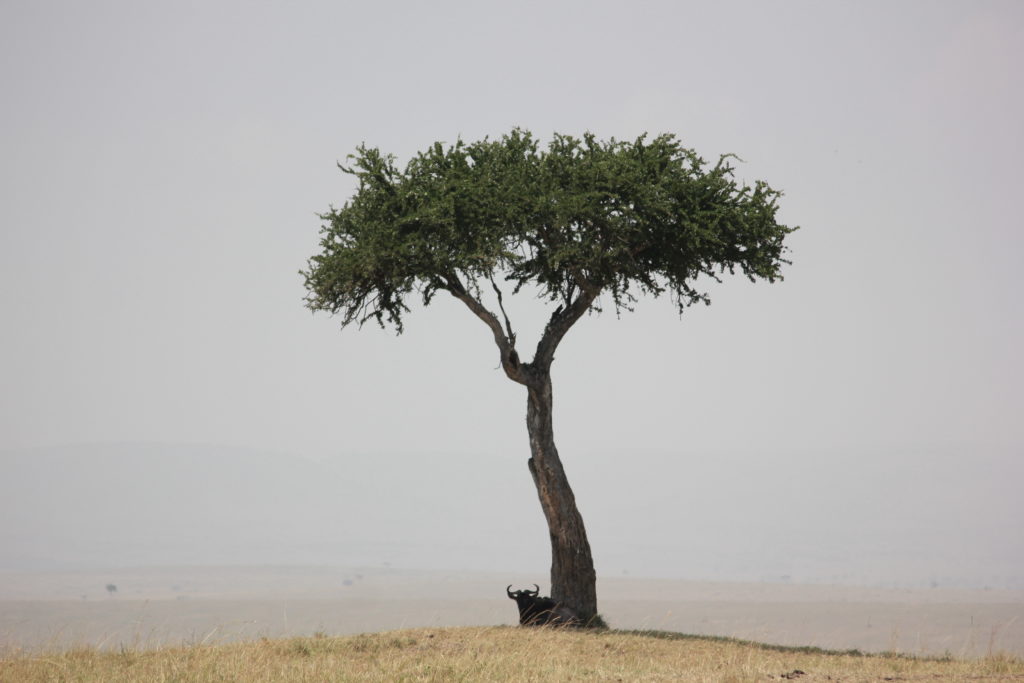
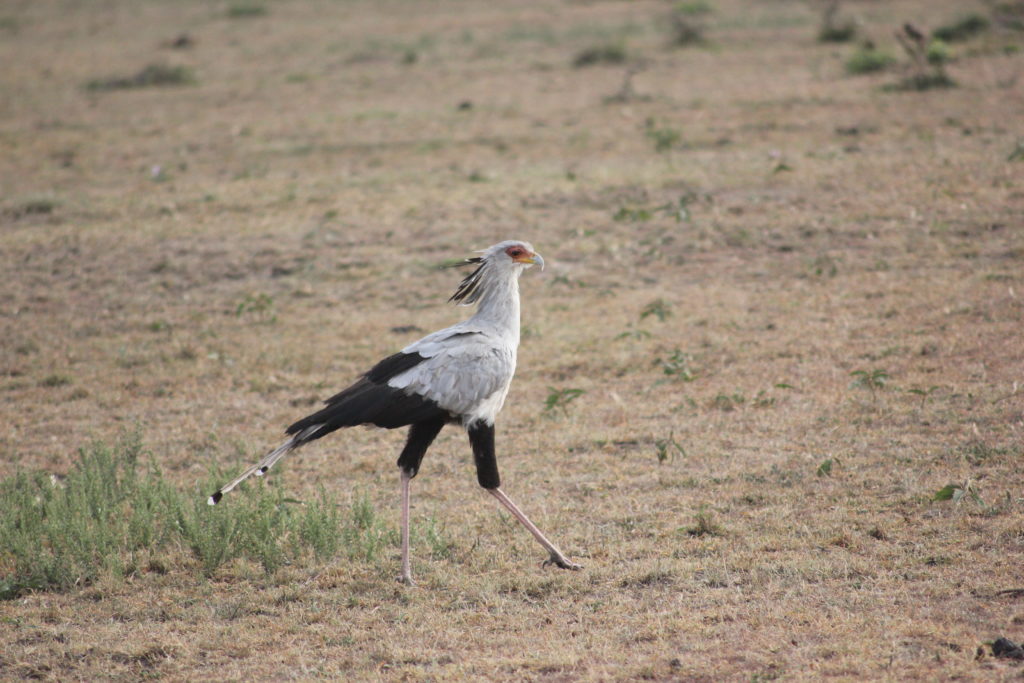
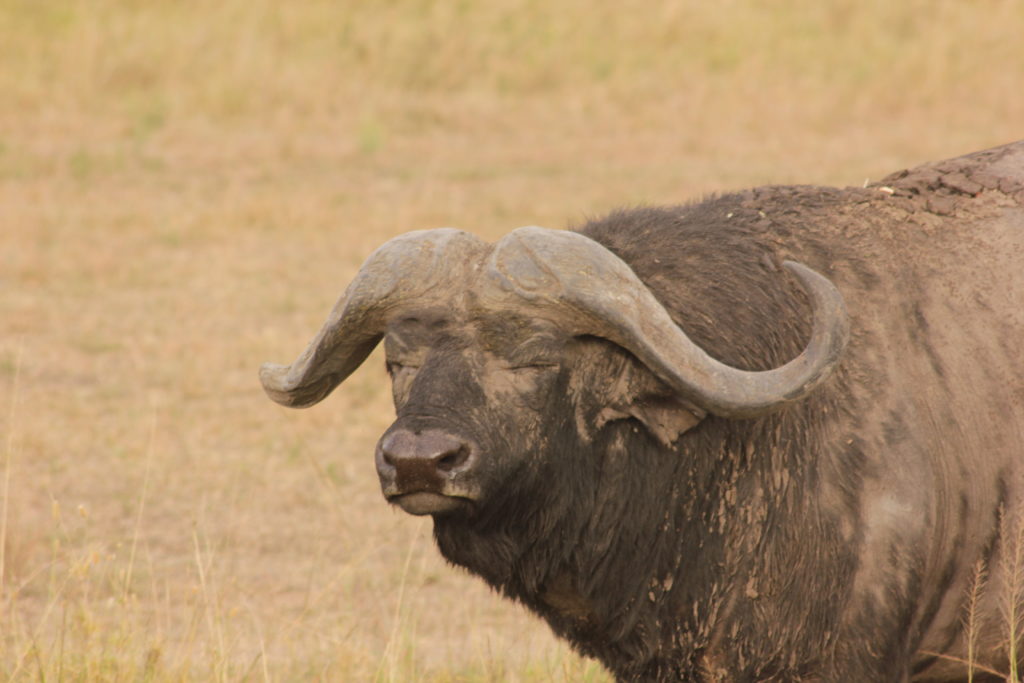
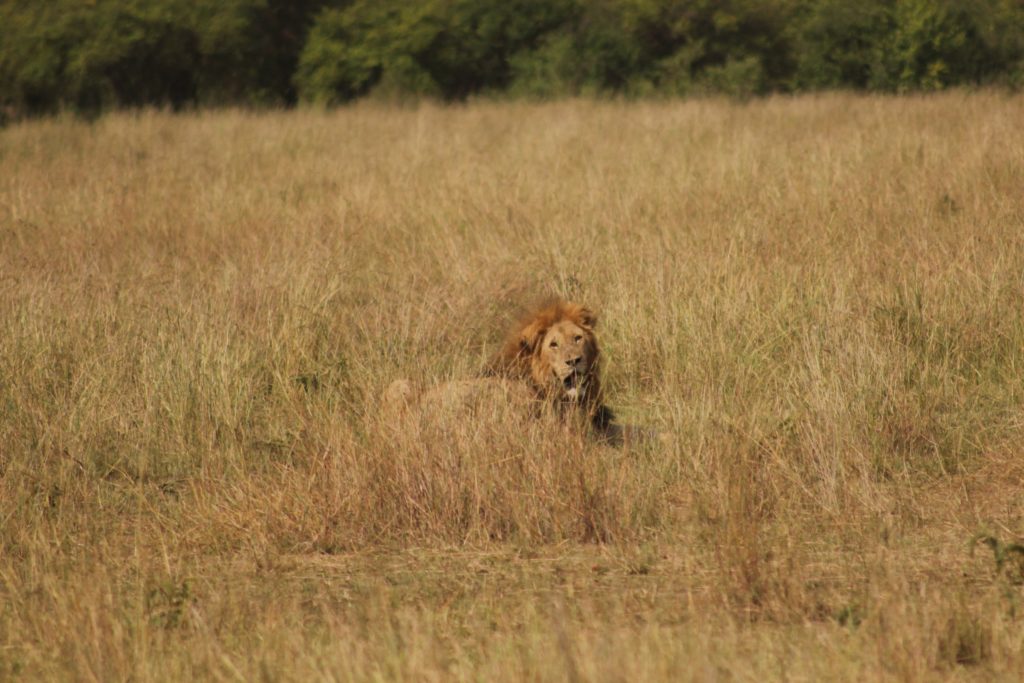
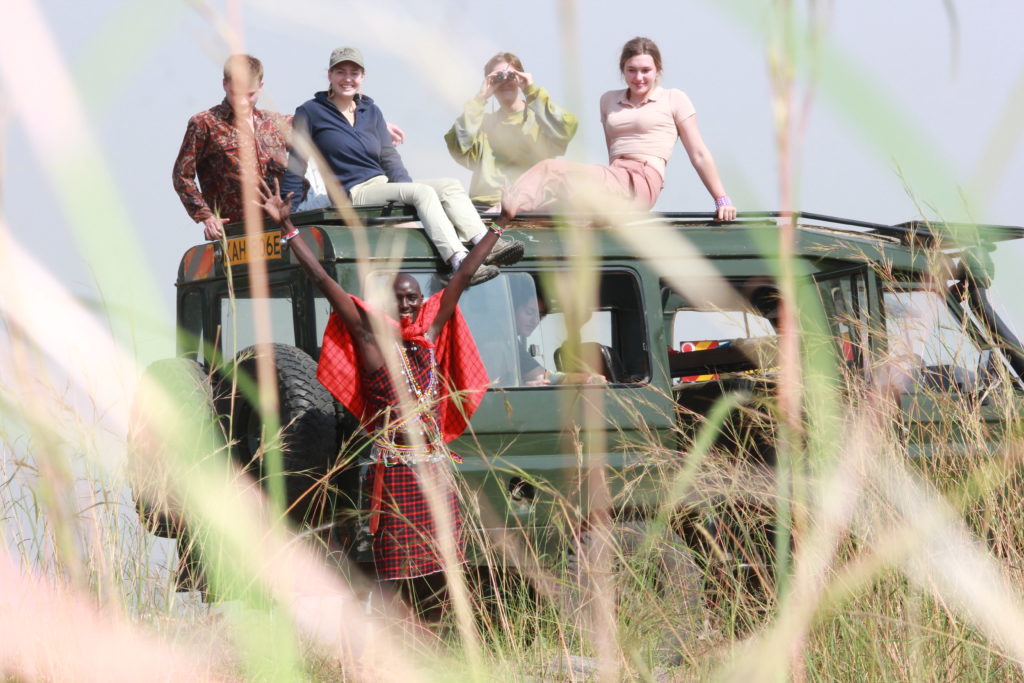
To me, the Maasai Mara was a particularly impressive, dramatic example of why people care about conservation. Yes, it’s important to preserve the functioning of the earth’s ecosystems for the sake of all species, ourselves included. But in the Maasai Mara, there’s something more primal at play than any of the ecological or economic arguments driving conservation initiatives. Once, in its infancy, our species did not enjoy the dominant position at the top of the food chain that it now occupies like a despotic warlord. It is thrilling, and humbling, to be reminded of this on occasion.
